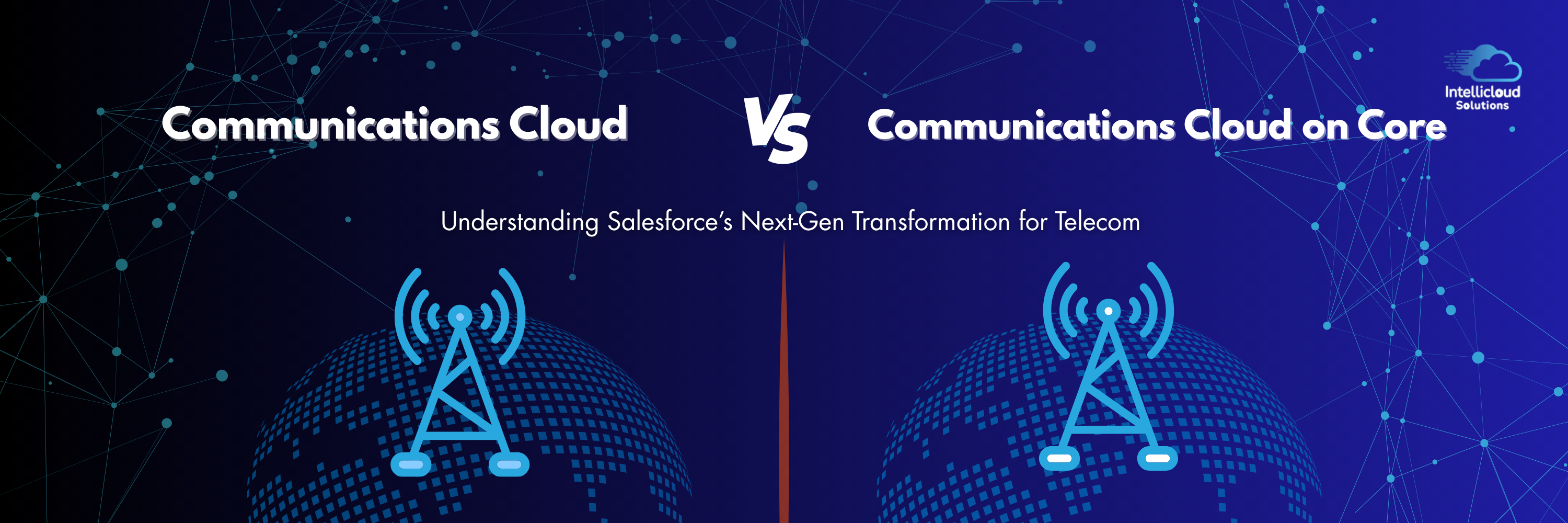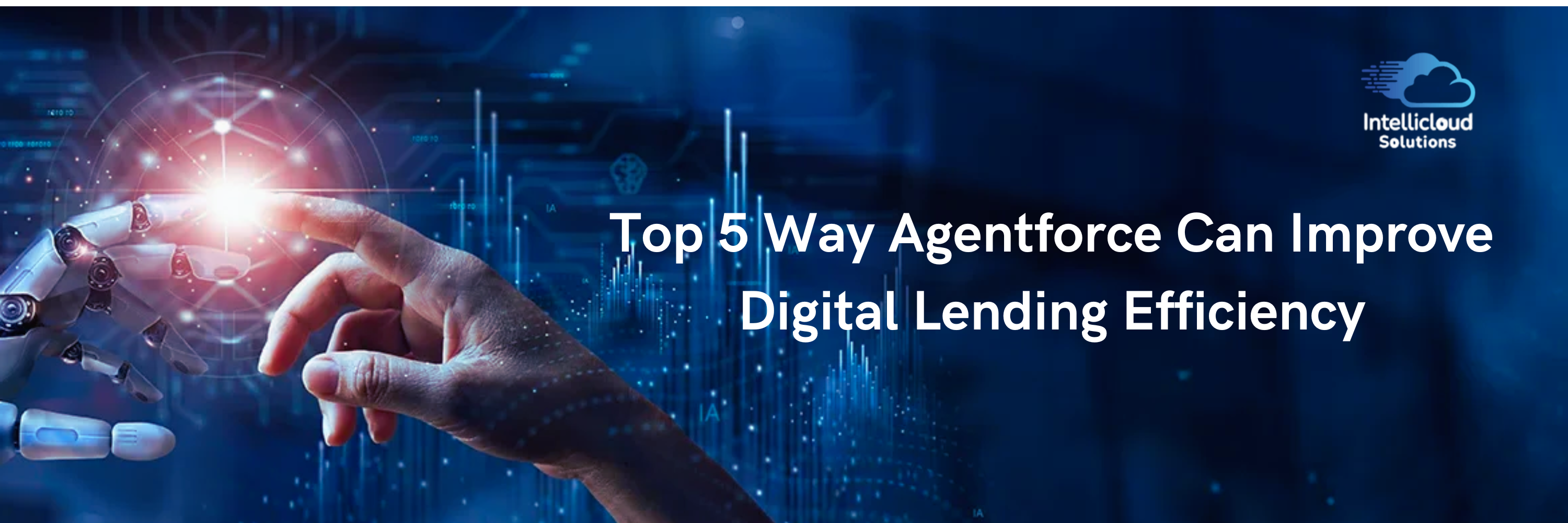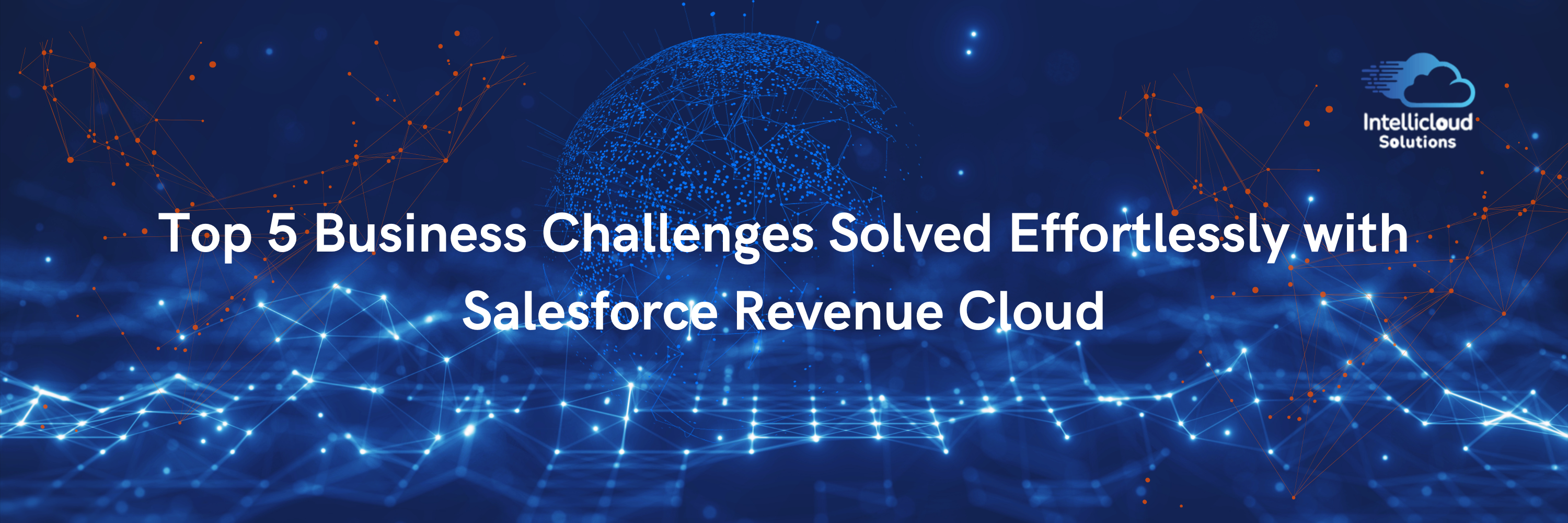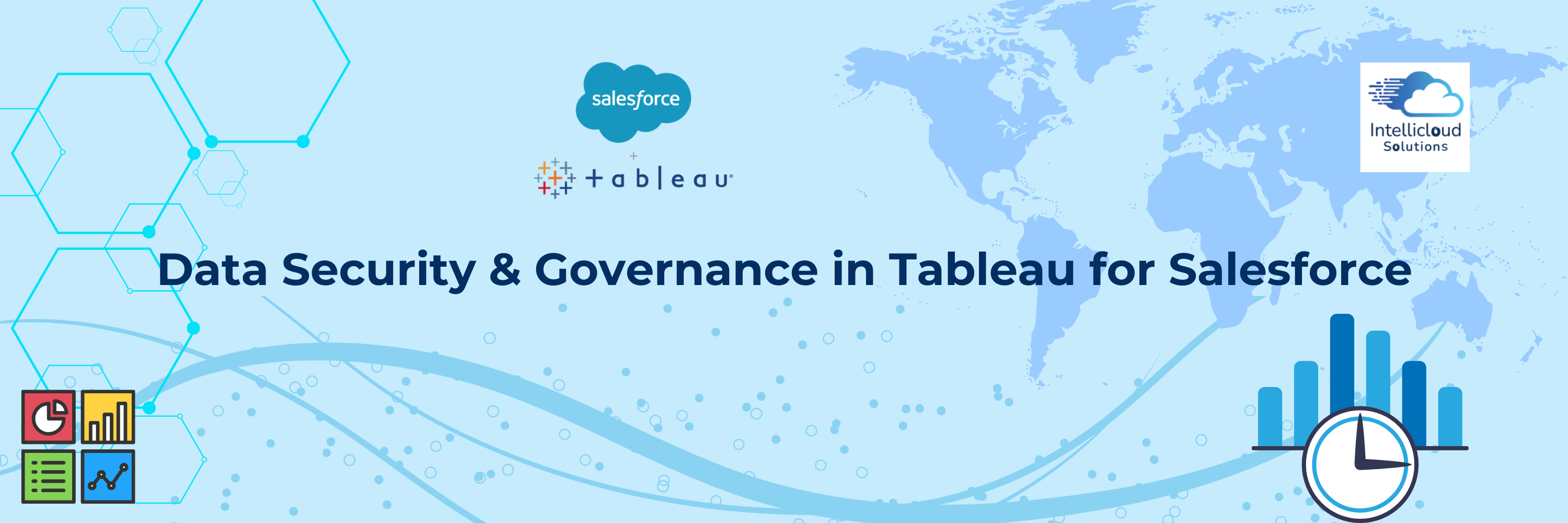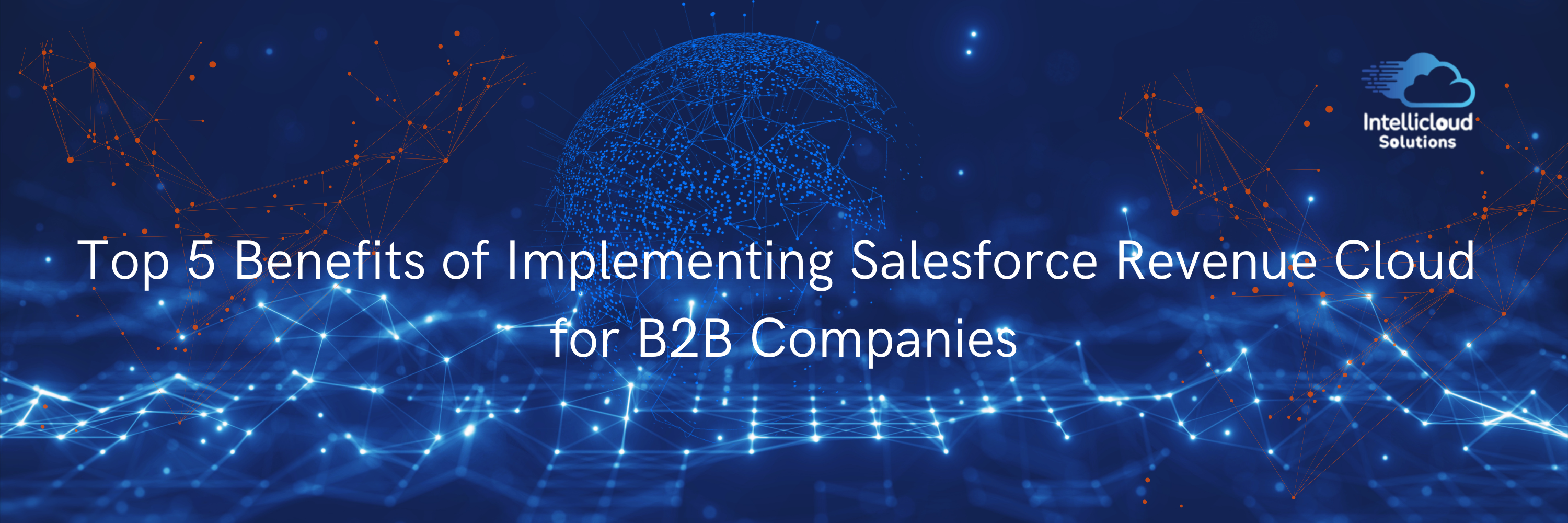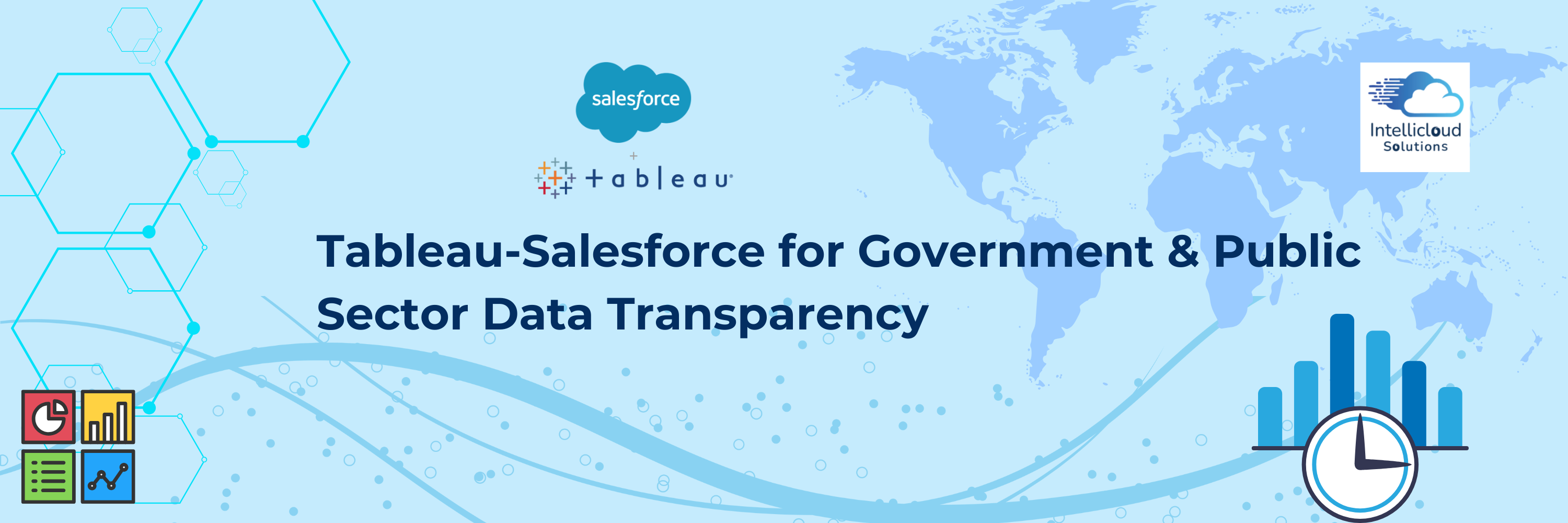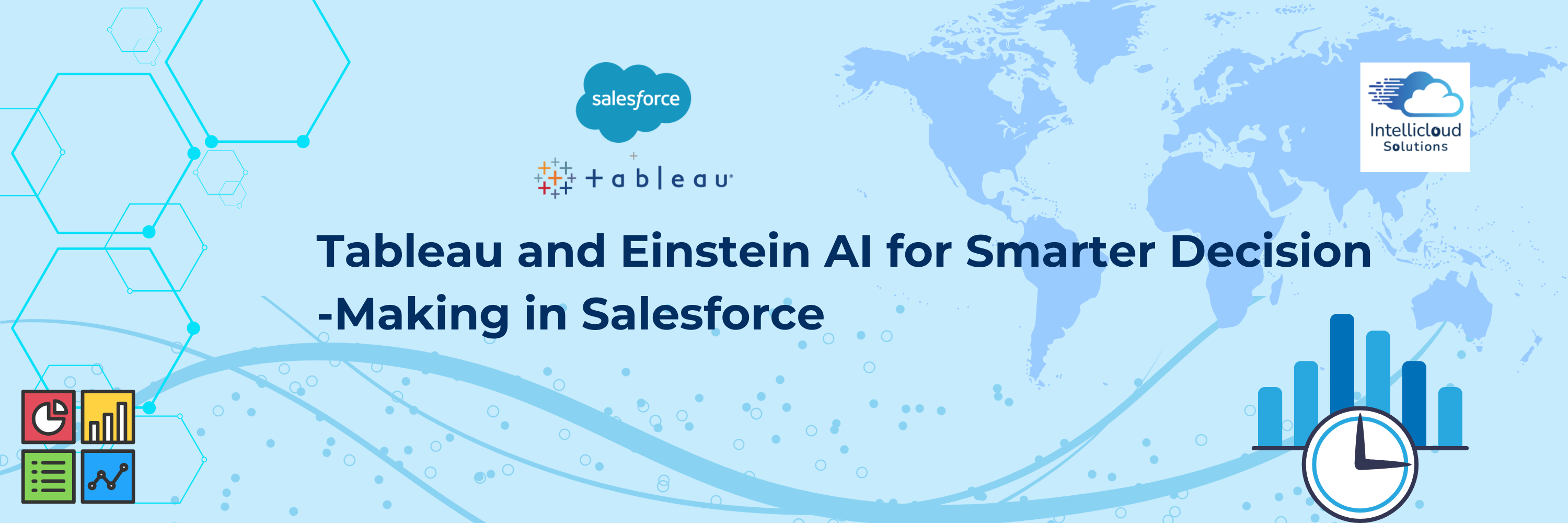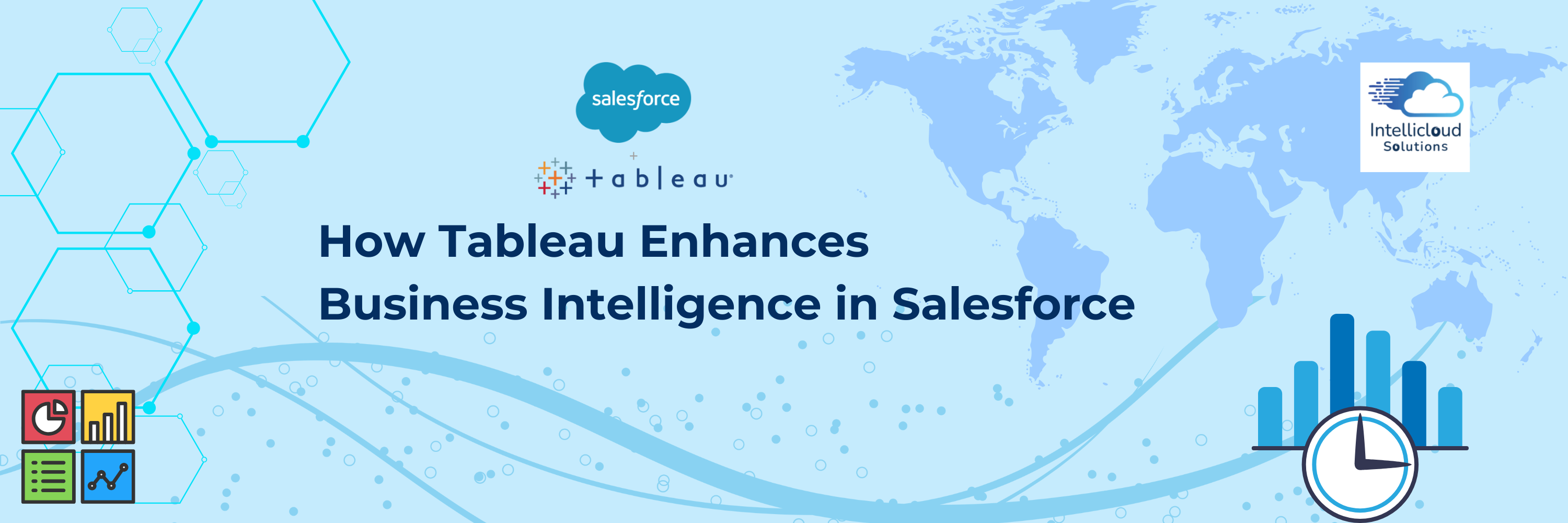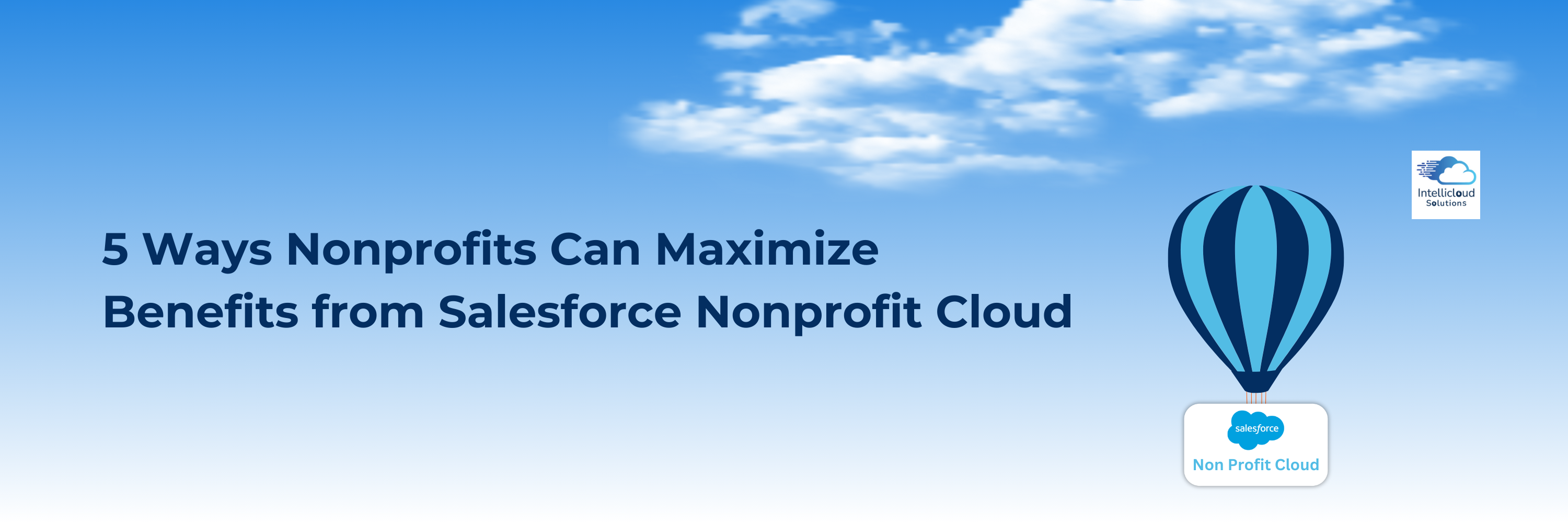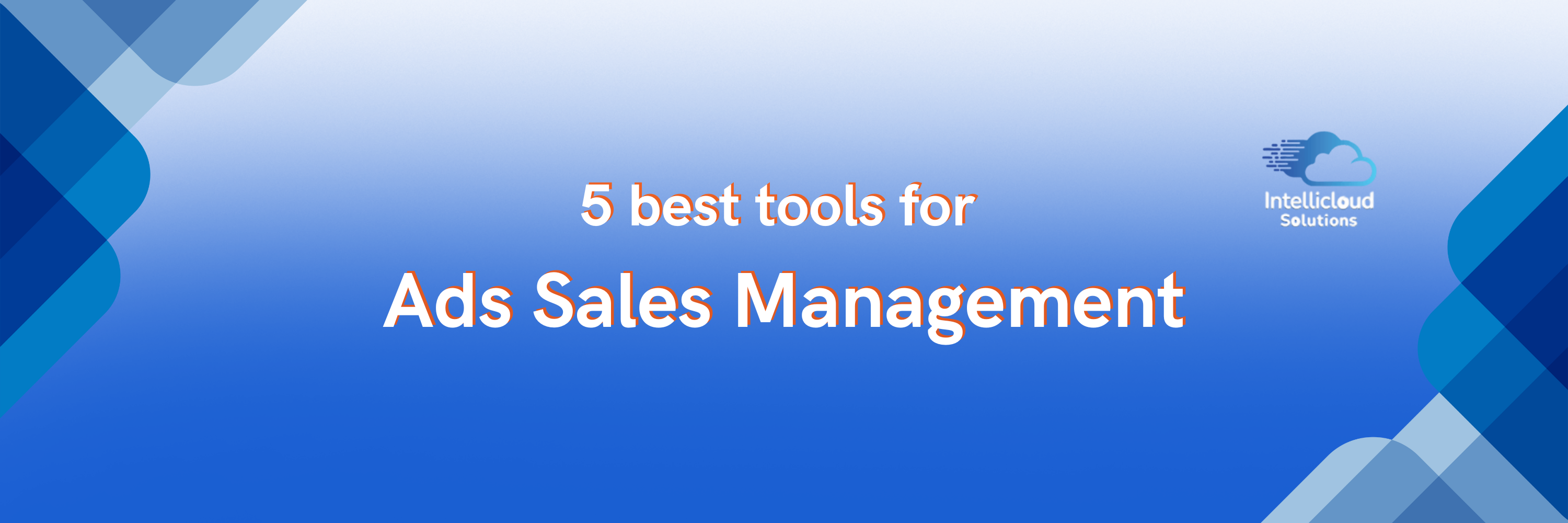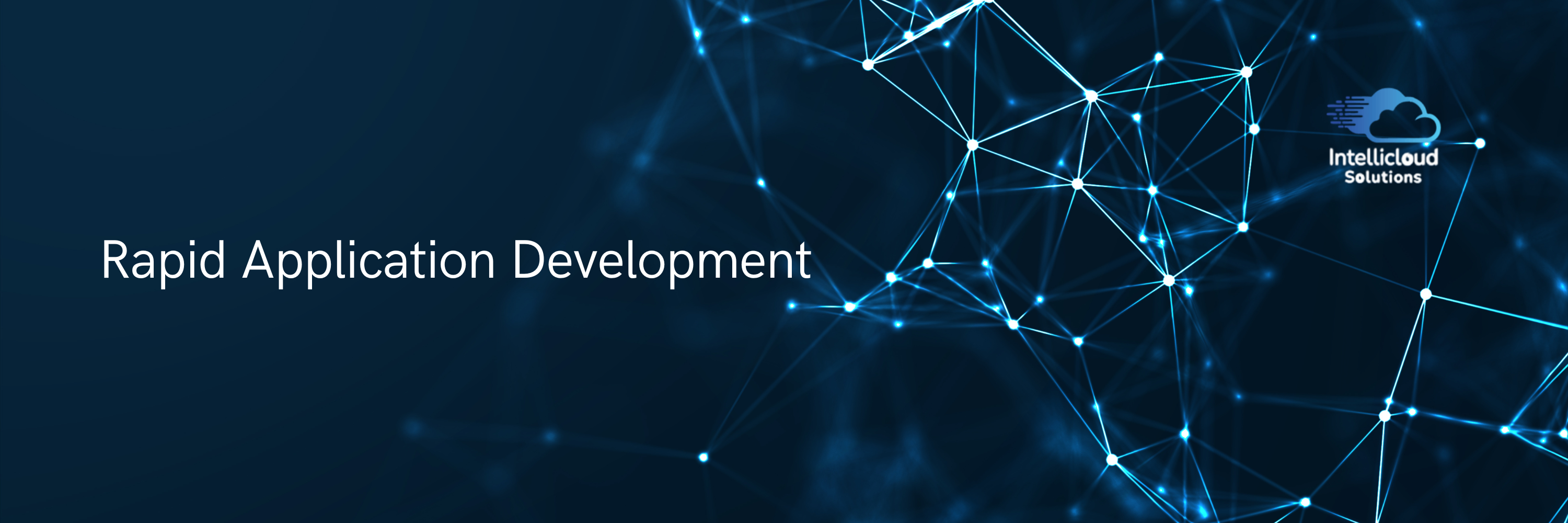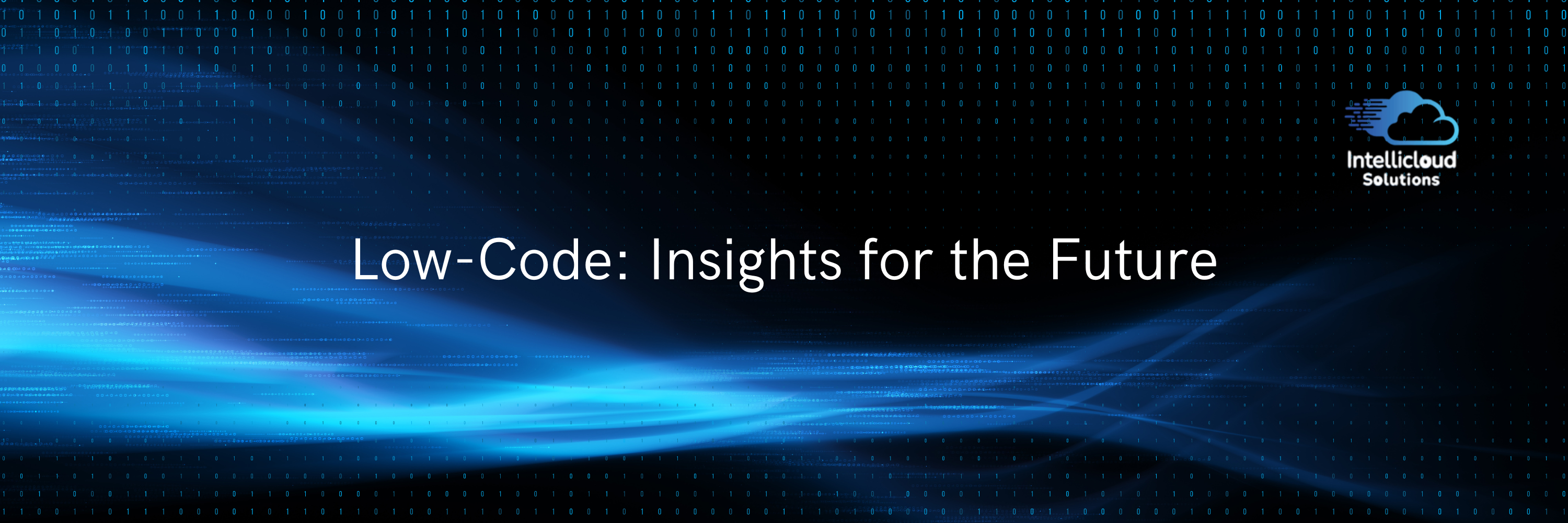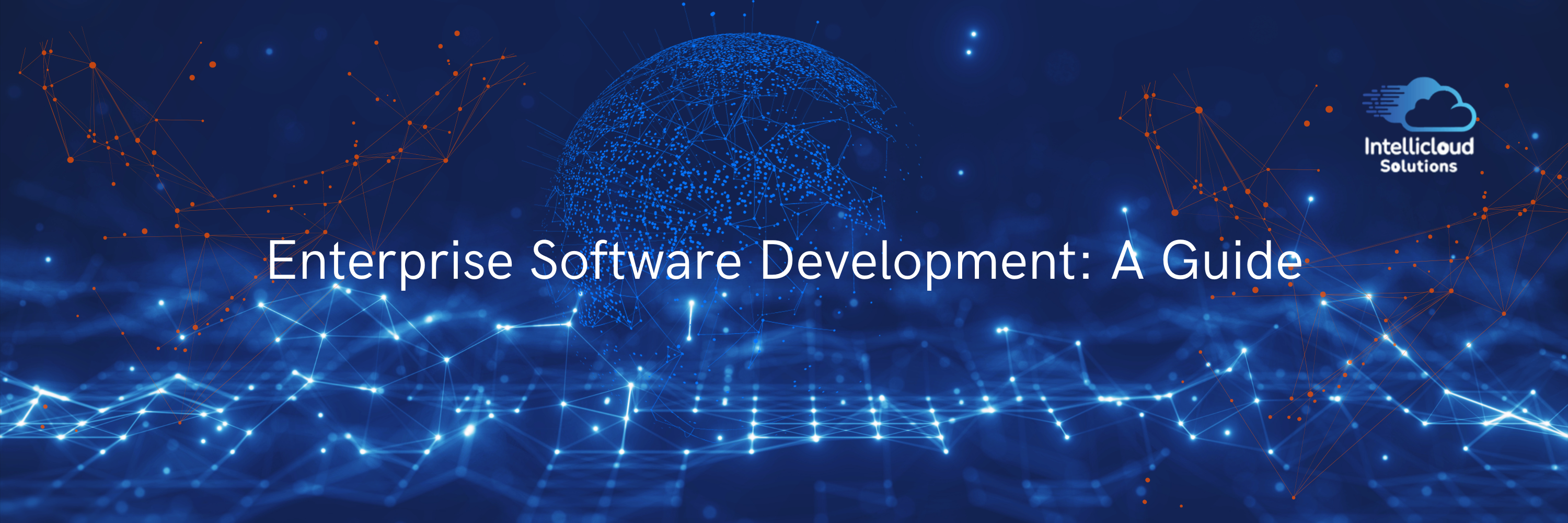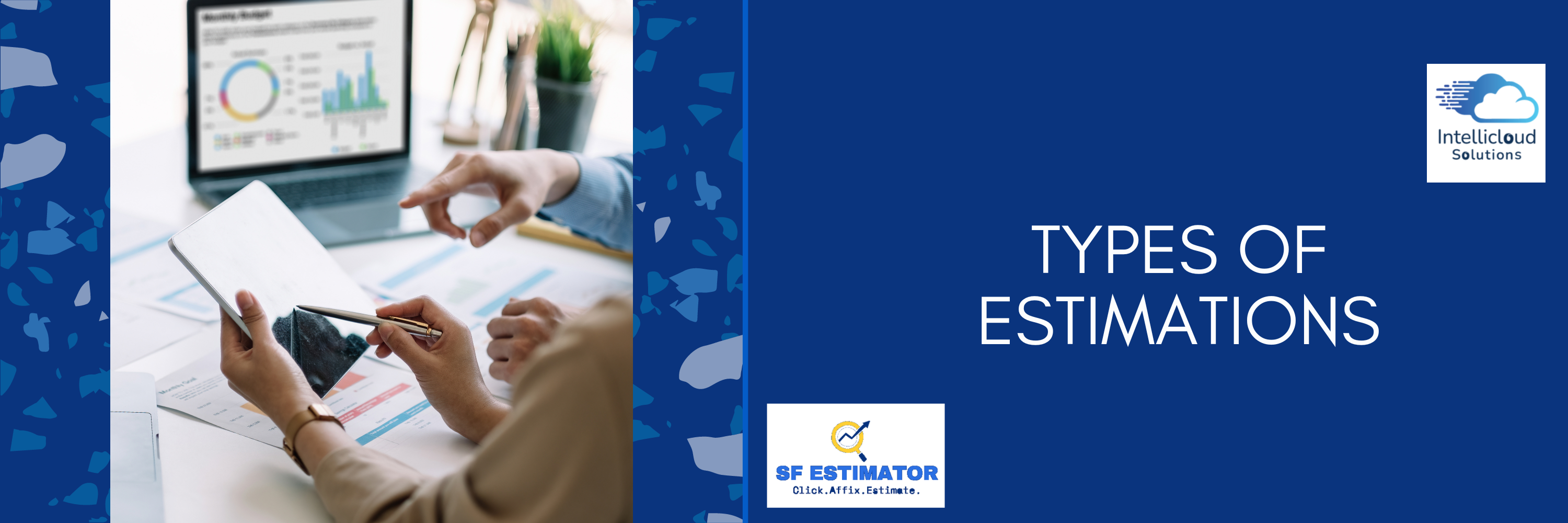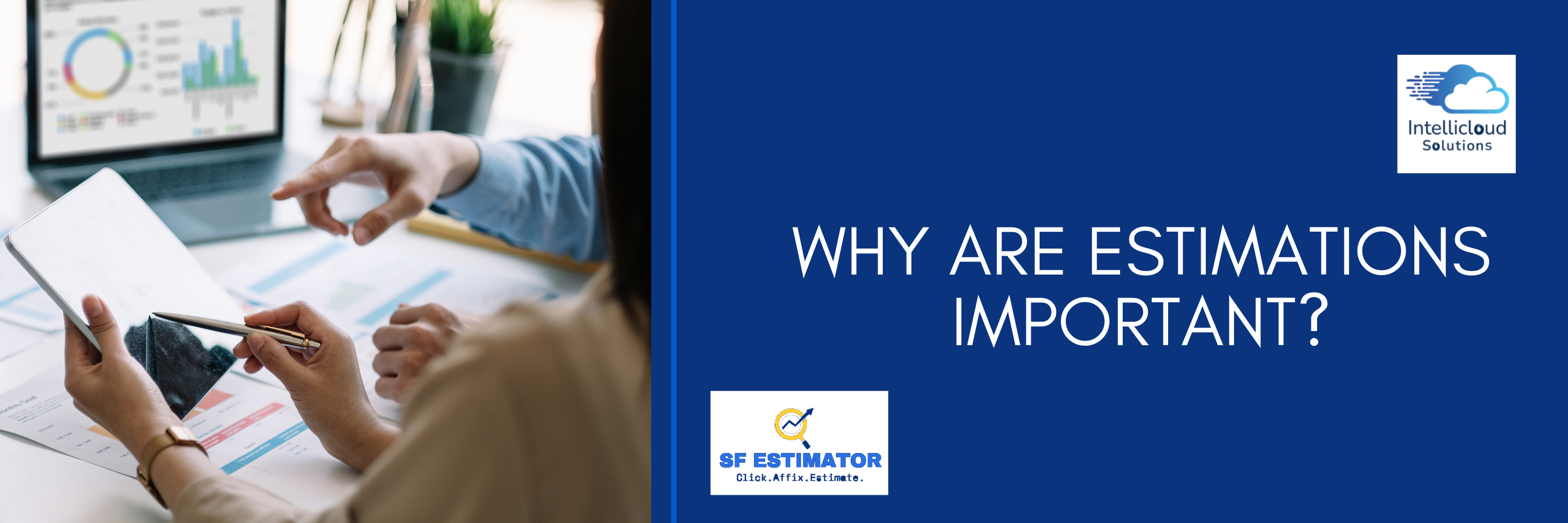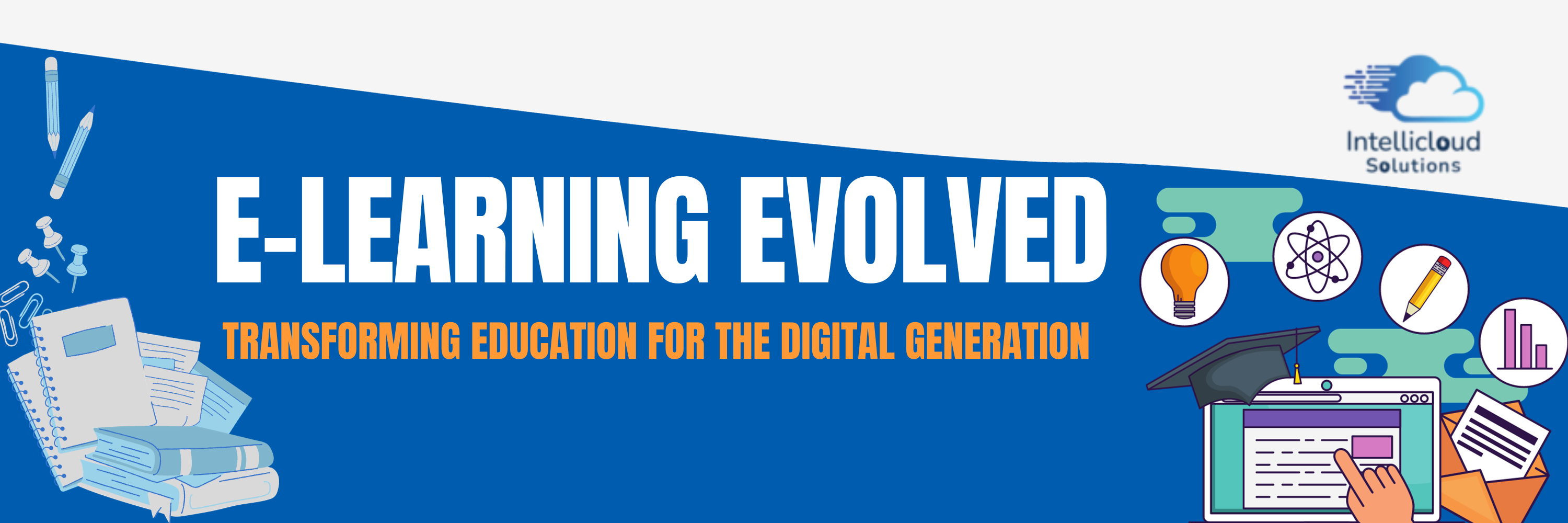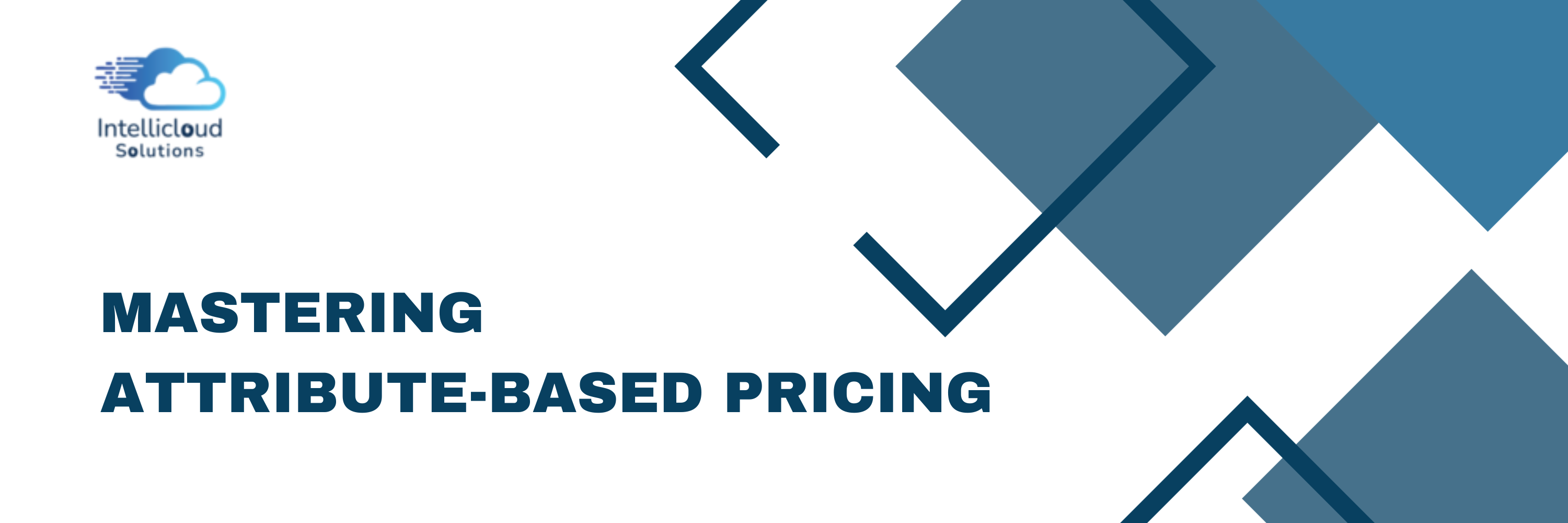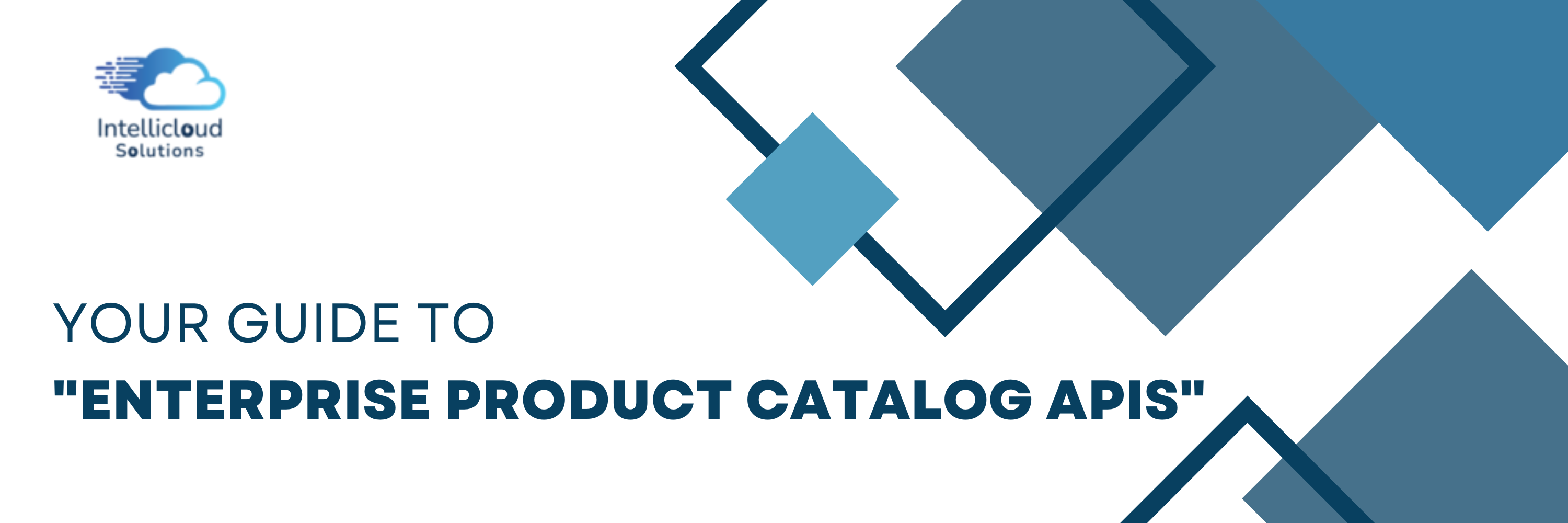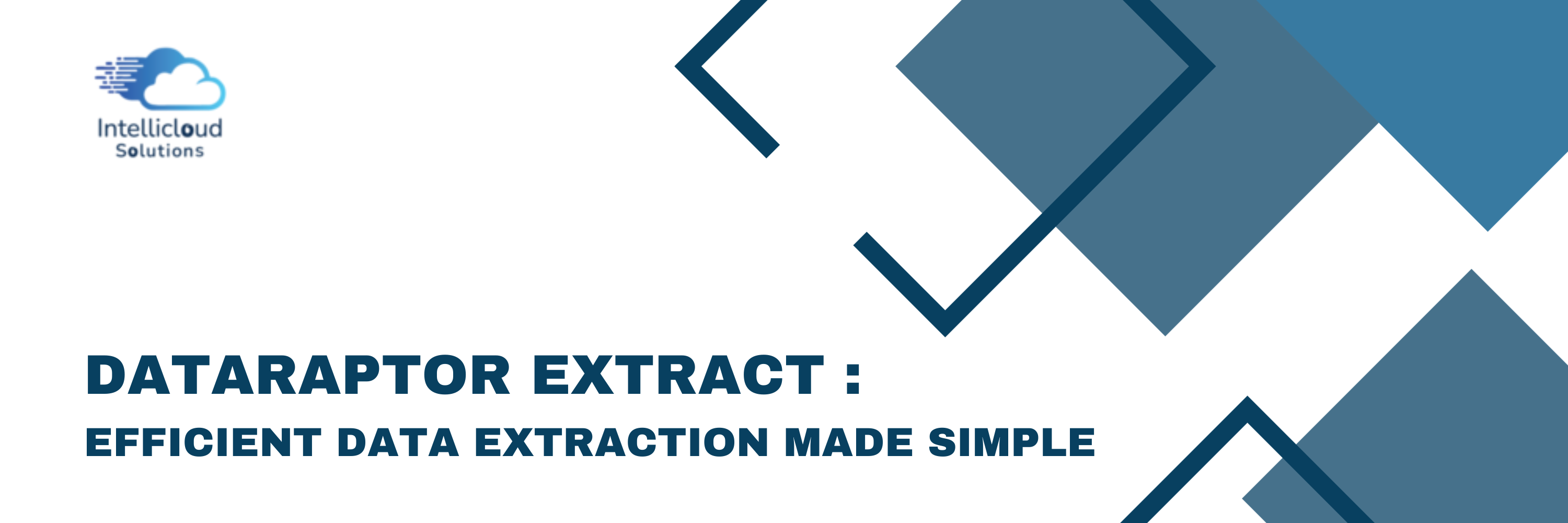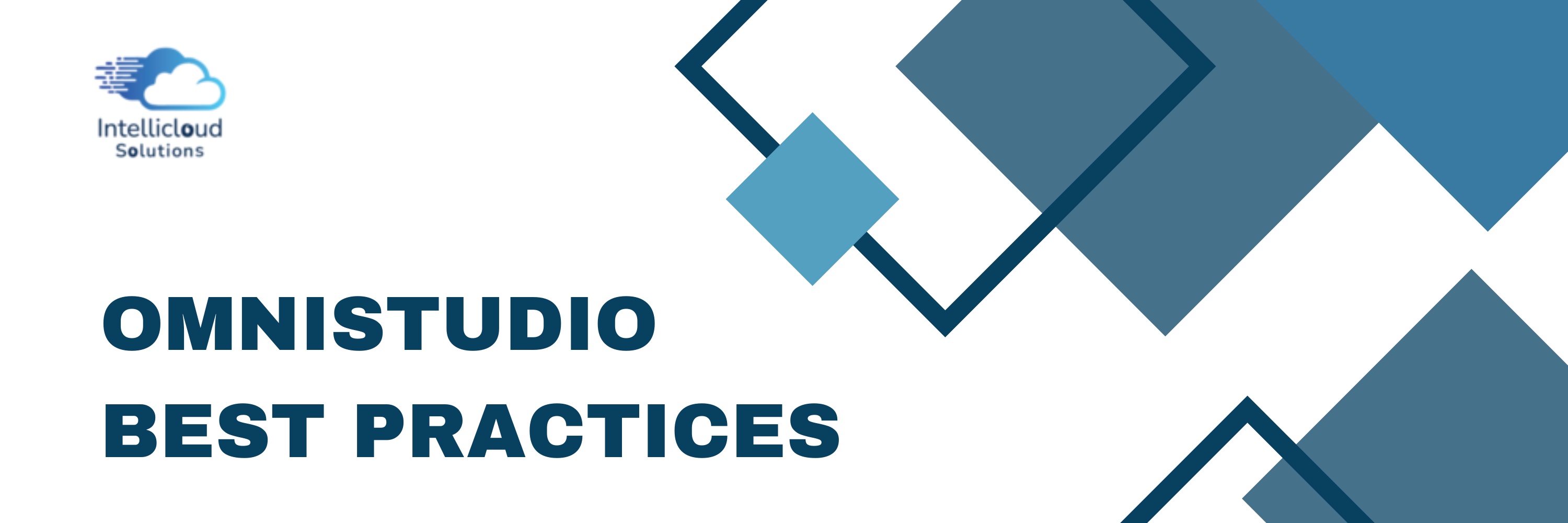Setting the right price for a product helps sales teams offer good deals that work for both the customer and the company. But just picking the right price isn’t always enough to win over customers or beat the competition. You also need to use smart discounts, special offers, and rewards to make your deals more appealing. That’s why having a clear and smart pricing plan is so important it helps you sell more, attract customers, and grow your revenue. And that's where Salesforce Price Management comes into the picture.
What Is Price Management?
Price Management means choosing the right price for every product or service. Salesforce helps you:
- Set prices for different markets or customer types
- Adjust prices automatically based on product features
- Apply discounts and taxes without manual effort
- Make pricing more organized and error-free
Why Businesses Use This?
Salesforce helps businesses:
- Work faster by automating pricing
- Avoid mistakes and keep prices accurate
- Offer different prices to different customers
- Keep records clear for reports and audits
Salesforce Price Management supports many roles:

- Price Management: Done by pricing admins, designers, and analysts. They set up pricing rules and product bundles.
- Price Optimization: Handled by revenue growth managers and demand planners. They improve prices using market data.
- Price Monitoring: Managed by sales reps, key account managers (KAMs), and finance leaders. They track pricing and spot issues.
- Price Execution: Carried out by sales teams and buyers. They use approved pricing in real-time deals.
Key Features Made Simple
Here’s a table with everyday explanations of Salesforce’s pricing tools:

Streamlining the Entire Revenue Lifecycle
Here’s how Salesforce Price Management transforms each stage of revenue lifecycle management:
1. Product Configuration and Dynamic Pricing
- Product bundling, add-ons, and service tiers can be configured dynamically.
- Real-time pricing updates based on customer segments, purchase history, contract terms, or volume.
- Helps sales teams close deals faster with accurate pricing and minimal errors.
Example: A telecom company could offer a customized mobile plan with discounts based on customer loyalty, usage, and geography all calculated in real time.
2. Integrated Quoting and Contracting
- Generates error-free quotes and pricing details within minutes.
- Automates approvals and discount thresholds with smart workflows.
- Seamless integration with e-signature tools shortens the quote-to-cash cycle.
Result: Your sales reps spend less time on admin and more time engaging customers.
3. Automated Renewals and Upsells
- Tracks contract renewal dates and automatically alerts teams.
- Offers intelligent upsell recommendations based on customer activity and usage.
- Keeps revenue predictable and scalable through automated lifecycle tracking.
Benefit: Less churn, more expansion, and happier long-term customers.
4. Revenue Recognition and Compliance
- Ensures pricing policies align with regulatory standards.
- Syncs with finance systems for accurate revenue recognition, even in complex multi-year contracts.
- Gives full audit trail of pricing decisions, updates, and approvals.
Industry Use Cases: Salesforce Price Management in Action
🔹 SaaS and Subscription-Based Businesses
Subscription pricing can get messy with trials, upgrades, add-ons, and renewals. Salesforce Price Management simplifies it by:
- Automating tiered pricing based on seat count or usage.
- Flagging churn risks and surfacing renewal offers.
- Syncing pricing logic across self-service portals and sales teams.
Example: A software company rolls out a new feature set and updates pricing across all user segments instantly with zero disruption.
🔹 Healthcare and MedTech
Pricing in regulated industries like healthcare requires transparency and consistency.
- Ensures compliance with regional healthcare pricing laws.
- Offers flexible pricing models for equipment, services, and recurring plans.
- Helps track long-term contracts and amendments effortlessly.
Impact: Hospitals and providers benefit from accurate pricing across departments, with audit-ready documentation at every stage.
Best Practices for Implementation
Thinking of bringing Salesforce Price Management into your revenue ops? Here are key tips:

- Start with clean data: Your product catalog, pricing rules, and customer segmentation should be well defined.
- Align stakeholders: Involve sales, finance, legal, and IT in the process early to minimize conflicts and roadblocks.
- Customize for your workflow: Salesforce is modular design pricing logic that mirrors how your teams sell.
- Invest in training: Adoption improves when your team knows how to use features effectively.
Wrap - Up
Salesforce Price Management makes pricing easier and smarter. Instead of being a slow, messy task done behind the scenes, pricing becomes a key part of business growth. When you connect it with your whole sales and revenue system, everything works faster and better. You get more control, clear information, and better results.
If you’re ready to streamline your product operations, reduce errors, and empower smarter decisions across your teams, Product Catalog Management is the solution your business needs. With a centralized, digital catalog of product details like pricing, features, bundles, and availability you enable faster sales cycles, accurate billing, and stronger financial tracking.📞 Contact us at Intellicloud Solutions to create customized Product Catalog Management solutions that fuel business growth and keep your team aligned.
